News
Chicken coops provide shelter and protection for poultry birds. Coops must be big enough for the chickens to live comfortably for them to flap their wings, walk, and build comfortable nests. Chicken coops must also be hygienic—featuring changeable flooring, ventilation and room for humans to clean. Chicken coops must also provide warmth through insulation, heat lamps, or extra bedding and nesting material.
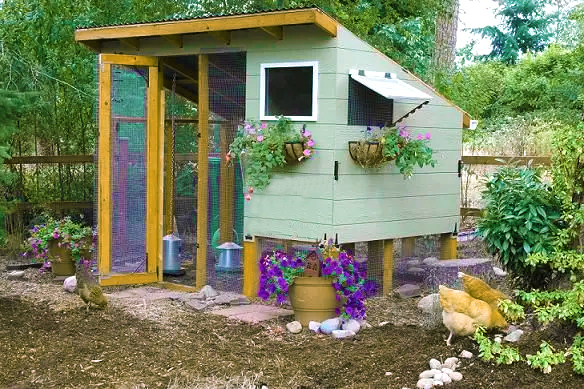
Measured
The size of a chicken coop is largely determined by the number of poultry chickens. Normally, a combined house and run area of 5 sq m per bird is adequate, but it also needs to consider which kind of chickens you would breed.
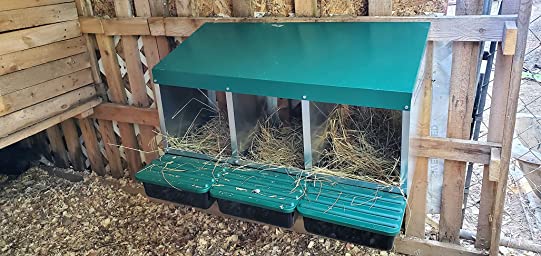
Extra Space
For various reasons extra space separated from the main chicken house is essential for maintaining a backyard flock. Common situations which require extra hen houses include when brooding hens need to be separated from egg-laying hens, when cockerels and roosters need to be separated from female chickens, for quarantining sick birds, training show birds for the exhibitor’s booth, separating new birds in order to gradually introduce them to the flock and pecking order.
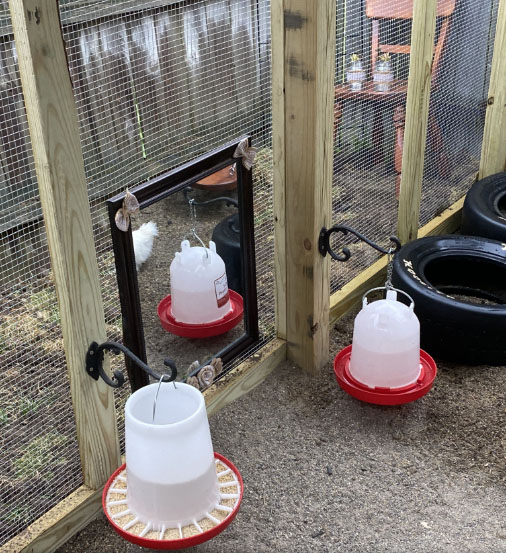
Features
Chicken coops must provide basic protection and shelter with a floor, walls, a roof, doors, windows or vents. All chicken coops need to provide roosts and chicken nest boxes. Some chicken coops feature poultry drinkers and feeders in the chicken coops. Poultry keepers who feed by hand or feed outdoors may not allocate space for Chicken drinkers and feeders within the chicken coop. Some chicken coops include ramps for the birds' access to nests, the chicken coop itself, or a variety of other features within the chicken coop.
Materials
Chicken coops are typically made from wood boards, plywood, or particleboard. Sometimes chicken coops are made from recycled materials, like ecologically friendly recycled plastics. The walls are usually made of thicker wood boards so as to facilitate insulation in all types of weather. The flooring of chicken coops most often features loose bedding that is made of wood shavings, wood chips, or sand. This helps in maintaining a hygienic environment for the birds. Roofs must be water-tight and wind-tight, therefore often coop roofs are made from sheet metal, PVC, or shingles.
Poultry Feeding Habits
Chickens famously love to peck at their food all day long, so it’s perfectly acceptable to leave their food bowls topped up with commercial hen food. Some owners feed the chicken hens in the morning and evening to prevent pest infestations. Keeping track of how much you feed your chickens will help you maximize egg production and reduce the incidence of obesity amongst your flock. Allow your chickens plenty of access to grassy pastures during the day and they’ll lay you eggs with golden yolks and substantial whites. If space is limited, set up a run for your hens so they can peck at insects and get extra nutrients. You can also make your own chicken food by mixing grains, seeds and fiber.
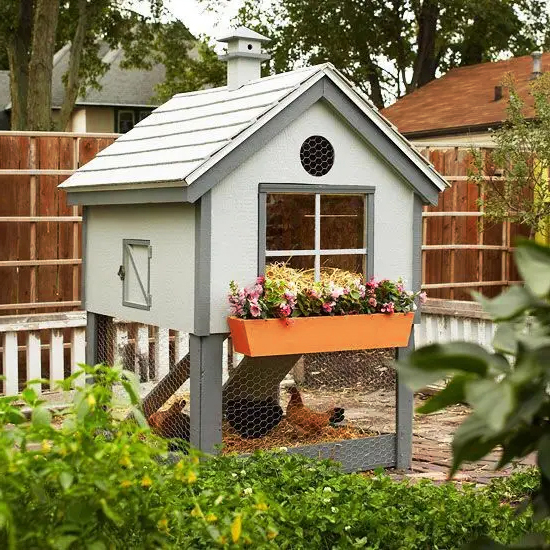
Where to place your poultry backyard coop
Where you place your chicken coop is very important, as chickens are extremely vulnerable to environmental hazards. First and foremost, keep your coop in a partially shaded, dry spot – never leave it in direct sunlight. Hens love to peck at the ground, and so ideally the coop should be placed on grass or if grass is unavailable dirt. During the evening or whilst your pets are unsupervised, it is wise to place them in a coop with a concrete base, as this will prevent predators like foxes from digging under and into the coop. You can also bury bricks or stone under the ground outside your coop to discourage predators from digging. Be sure any coop you construct or purchase has lockable doors and a foldable ramp for extra security.
How to Increase the Egg Production at Chicken Coops
Discourage Brooding
To increase egg production, a chicken coop can discourage poultry brooding behaviour. To discourage brooding behaviour extra space might be needed in order to separate a brooding hen from the egg-laying hens so as not to encourage brooding in the flock, or simply to get the hen in question to stop demonstrating brooding behaviour completely. When an egg-laying hen demonstrates brooding behaviour, she can be separated from the rest of the flock and placed in a hen house without a nest. This discourages the hen from sitting on a nest and therefore prevent her from brooding. Alternatively, the hen can be separated from the flock and placed in a hen house for brooding, so that the hen can continue brooding without encouraging other egg-laying hens to brood.
Chicken Nests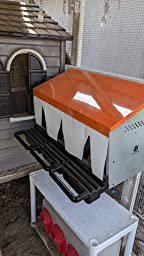
Chicken coops must feature space for hens if they lay eggs. Most poultry keepers create one nest for every two or three hens. Each chicken nesting box should be a minimum of 12 x 12 inches, or larger is possible. Chicken Nests should be sheltered within the chicken coops for the comfort of egg-laying hens. Many poultry keepers create a dosuppliesthe exterior which can facilitate easy access to eggs.
Light
In order to create optimal laying conditions, many poultry keepers install electrical supply and electrical lights within chicken coops. Egg-laying hens usually require 12-14 hours of daylight to produce eggs. When the days become shorter, poultry keepers often use artificial light to simulate optimal laying conditions.
View More information about chicken farm

VIEW our Youtube More breeding equipment video
Phoenix Breeding Equipment: 19+ years of breeding equipment production and export experience. As a result of our high-quality products and outstanding customer service, we have gained a global sales network reaching Europe, North America, Southeast Asia, Africa, South America, etc. Successfully in use on both family-owned farms and large farm complexes. Providing individual and automatic equipment to feed your livestock: chicken drinking line, chicken feeding line, poultry drinker and feeder, exhaust/ventilation fans, egg Incubator, and so on breeding equipment.
CONTACT US
Phone:+86 19061974162
Email: sales@goldphoenixa.com
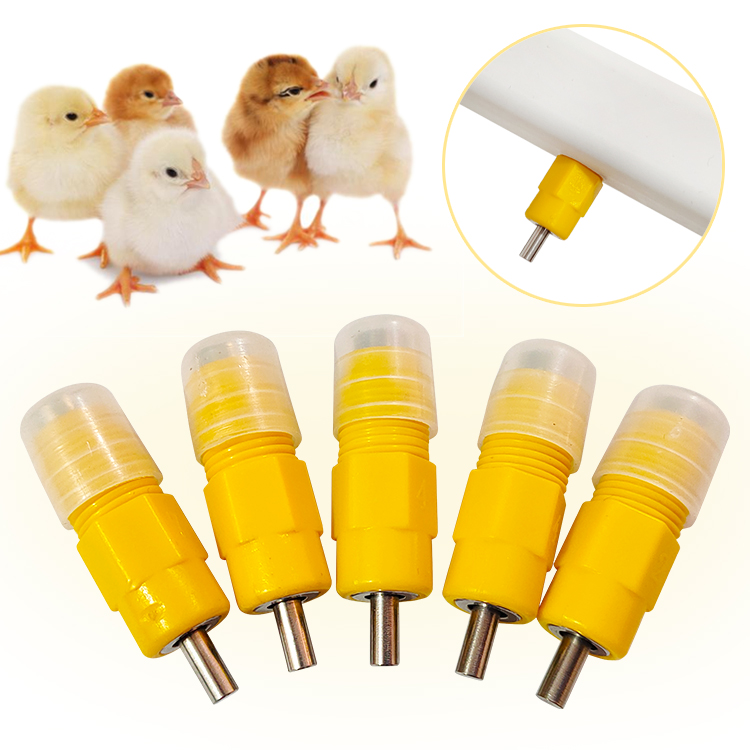
Pulished on Dec. 04, 2025
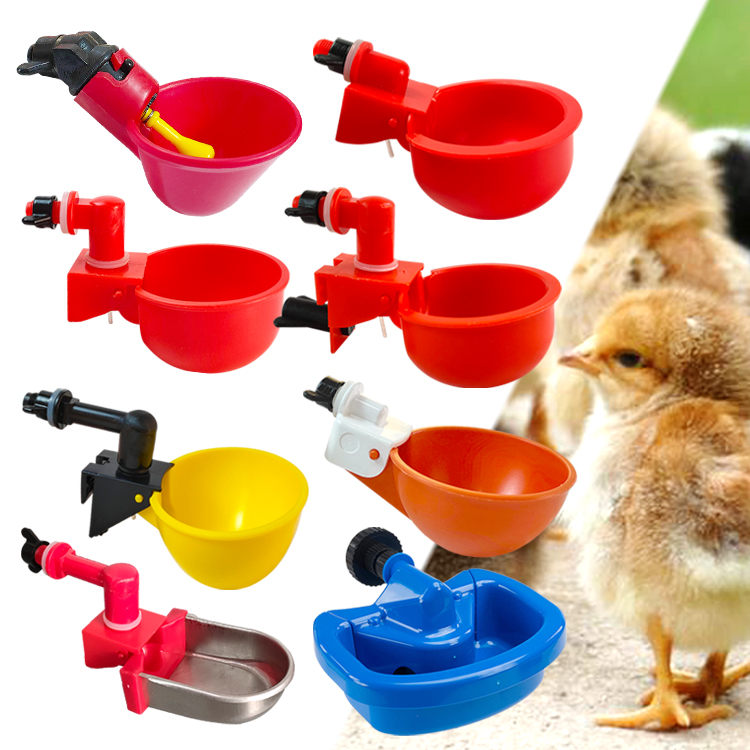
Pulished on Sep. 05, 2025